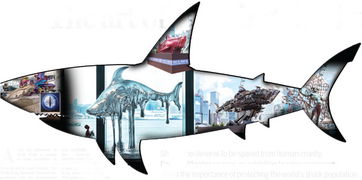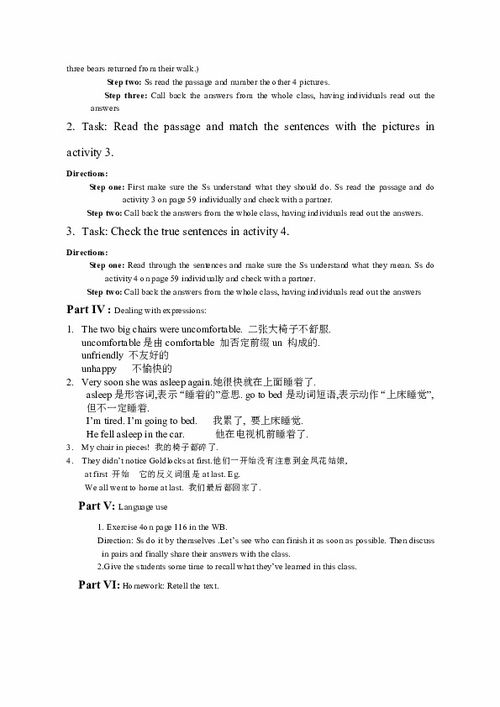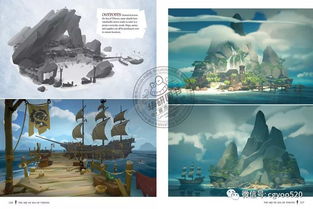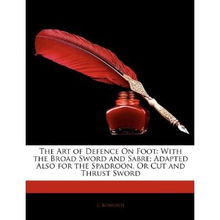Content:
As the sun sets over the tranquil waters, casting a golden glow across the surface, the silhouette of an angler sits on the edge of the boat, line in hand, patiently waiting for the bite. This angler is not just any fisherman; this is a daily fisherman, someone who dedicates their time to the pursuit of the elusive catch, every single day. For such a committed angler, the equipment is everything. Here are some tips on how to upgrade your tackle, ensuring that you are always ready to face whatever the waters may throw at you.
Understand Your Environment: The first step in selecting new equipment is to understand the conditions in which you fish. Is your fishing in freshwater or saltwater? Is it a river, lake, or ocean? Knowing your environment will help you choose the right gear for the job.
Quality over Quantity: It's tempting to buy a lot of equipment, but it's better to have a few high-quality items than a plethora of poor ones. Invest in the best you can afford, and your catches will thank you for it.
Reel Selection: The reel is one of the most important pieces of equipment. Look for a reel that matches the weight of your line and the type of fish you're targeting. A good reel should be smooth, durable, and able to handle the drag needed for the fish you're chasing.
Line Choice: The right line can make or break your fishing experience. Monofilament is great for beginners, but it can be seen by fish. Fluorocarbon is nearly invisible underwater and is a better choice for those serious about catching fish. Braided line offers high strength and abrasion resistance, but it's not as flexible as monofilament or fluorocarbon.
Leaders and Lures: A leader is a length of line that connects your main line to your lure or hook. It's often a different material from the main line and is used to protect your main line from abrasion and to change the action of your lure. Choose a leader that complements your main line and the type of fish you're after.
Hooks: Hooks are the heart of your tackle, and the right hook can mean the difference between a good catch and a missed opportunity. Make sure you're using the right size and shape for the fish you're targeting. Also, consider the material – some fish can be more easily caught with a sharp, stainless steel hook.
Rod Selection: Your rod is your extension, and it should match the weight of your line and the type of fishing you're doing. A heavy rod can tire you out, while a light rod can break under the pressure of a big fish. Make sure your rod is comfortable to use and has the necessary power for your fishing style.

Terminal Tackle: Terminal tackle includes sinkers, swivels, and other accessories that attach to your line. The right sinker will keep your lure at the desired depth, and the right swivel will prevent your line from twisting. Don't skimp on these; they can make a big difference in your fishing success.
Maintenance: Regular maintenance is crucial. Keep your reels well-oiled, check your line for nicks and frays, and sharpen your hooks regularly. A well-maintained rod and reel will last longer and perform better.
Research and Experiment: Keep an eye on fishing forums and social media groups to see what other anglers are using. Experiment with different lures and techniques to see what works best for you. The more you fish, the more you'll learn about what works and what doesn't.
Remember, the best way to learn about fishing equipment is through experience. Don't be afraid to try new things and upgrade your gear as you grow in your fishing journey. With the right tackle, you'll be ready to tackle any challenge the water presents, and your daily fishing adventures will be filled with more memorable catches.












